Creative Water Storage Solutions for Emergencies
Looking for creative water storage solutions for emergencies? In the event of an emergency, having access to water is essential. While you can always turn off your taps if it’s determined the local culinary water supply has been compromised, it’s important to have additional sources of water stored in case of a prolonged emergency.
Unfortunately, traditional water tanks are bulky and take up a lot of space. Thank goodness, there are other innovative options for you to store water for emergencies. Let’s explore some easy water storage containers below. Keep in mind these storage ideas are for emergencies and not necessarily long-term storage!
Why do people need to collect water for emergencies?
One of the main reasons that people need to collect water for emergencies is that access to potable water can be limited during a disaster. This is especially true in situations where there has been widespread flooding, property damage, or other environmental disruptions that affect the availability of clean water sources. Without adequate water storage options, it can be difficult for people to stay hydrated, maintain their health, and meet basic hygiene needs during an emergency.
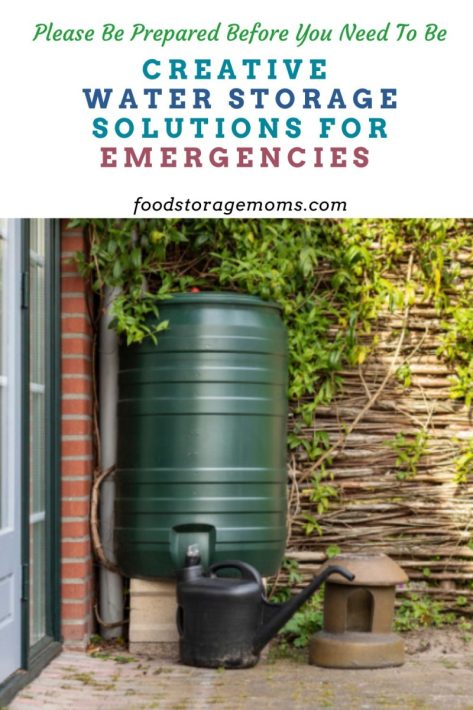
For the past few years, we’ve been hearing lots of news reports dealing with water-related issues. Here in the western U.S., so many of the states are experiencing an extended drought period. That puts added pressure on the agricultural sector but also causes challenges for communities seeing significant growth. Some communities are having to put restrictions on new growth since they aren’t sure if they can provide enough water.
It seems we hear about floods back East, yet there was a recent news report that the Mississippi River water flow is so low many of the barges and other flotillas that are used to ship cargo are backed up and delayed. One farm group said they were having to ship their goods by truck for over 800 miles, adding significantly to their costs.
When you add the current frequency of weather-related events like heavy snow storms, hurricane season, freezing rain, recent tornados, and more, many water disruptions are anticipated. Add to that the occasional earthquake that can tear apart water delivery infrastructure, and many families are at risk of needing a backup water supply to get through challenging times.
Let’s review a few things you should consider as you try to be more self-sufficient and put together your overall preparation plans.
Rain Barrels
Rain barrels are an excellent way to collect and store liquid rainwater during the wet season that can then be used during the dry season or in an emergency situation. While you’ll need to check the water quality before using it directly for drinking, rainwater is generally safe for bathing or washing clothes and dishes.
The best part about this method is that rain barrels come in all shapes and sizes and can fit almost anywhere in your yard or home, making them great for those with limited space! Emergency water containers can be hard to come by, but rain barrels are genius! Rainwater harvesting is something you may want to look into to help you in a survival situation.
This is one of the most creative water storage solutions for emergencies that I’ve seen! You could have days worth of water, for free!
Be sure and check with your local city or country to be sure you can collect rainwater, some locations don’t allow it, which seems very strange to me. My goal is to have several rain barrels on the side of my home.
Water Containers
Another great option is to use individual containers such as buckets, plastic bags, jugs, or even soda bottles to store smaller amounts of water. This way, you can easily move them around if needed and they won’t take up much space at all! You could also line a closet with these containers filled with potable water so that they’re out of sight but still easily accessible if needed.
Just make sure to check the expiration date on any containers that may contain chemicals like bleach, these need to be replaced every few months or so due to their limited shelf life.
Please note, you must keep checking on them because they may crack and leak. You can line small storage area floors with metal catch basins like you put under your water heater, but it does add to the cost of storage. Be sure to make sure any plastic-based containers are BPA-free to protect your family from dangerous chemicals.
This solution can provide some short-term support for your water storage efforts, particularly for hydration. It isn’t a good solution for extended periods or when more water is needed for cooking and laundry chores.
Cisterns
A cistern is a larger container used mainly for collecting rainwater from rooftops or other surfaces like driveways or patios. While this type of container does take up more room than other options listed here, it also has the advantage of being able to collect a larger amount of water at once, perfect for extended power outages when you don’t have access to running water from the tap!
Plus, many cisterns come with additional features such as filtration systems and pumps so you can use them even when city utilities are available again. Natural disasters can occur at any time, and when they do, cisterns are a great place to have water stored. You need to evaluate how to get the water out of the cistern, how to treat the water for health safety, and the overall cost for acquisition and installation and make sure it will fit in your financial plans.
Bathtub & Sink
Another place to keep water in an emergency is in your bathtub or sink fixtures. Fill your tub with clean water prior to an emergency, if you’re notified prior to the event, and cover it with a tarp or plastic sheeting. This will prevent evaporation and contamination from dust, dirt, and debris. The same goes for sinks, fill them up with clean water and cover them with something like a shower curtain or plastic sheeting until ready to use.
You can also find special buckets designed specifically for sink storage that keep the bucket from taking up too much space in your bathroom when not in use. You may want to filter the water prior to use, especially if it’s been stored for very long. Tubs and sinks may not be the cleanest places due to consistent human use.
Outdoor Pool
If you have an outdoor pool, make sure you keep it filled and chlorinated during emergencies. This will give you access to extra drinking water if necessary. If you’re trying to think of emergency water storage options, make sure you think about your outdoor pool. You can have a baby pool that you fill up, or any size pool will do. These work just as well as storage tanks, but it’s a short-term solution rather than a long-term solution. Long-term water storage should be done in sturdier containers that store pre-treated water.
Please note, once your swimming pool loses power to circulate the water, algae may start to grow, which is not safe to drink. Any water stored in a pool should be checked for contamination. It’s always better to be safe than sorry, so have a way to filter the water if used for drinking.
Water Jugs
One of the most common methods of storing water for emergencies is using large jugs like those used for juice or milk. You can purchase these from any home goods store and fill them with tap water. Make sure to use new and clean jugs, and be sure to replace the water every few months as it may become contaminated over time. Also, fill each jug with only potable water, no swimming pool quality or rainwater! Gallon jugs of water are one of the easiest ways to store water.
If you don’t have jugs that originally had juice or milk, consider using other containers that are BPA-free. These containers probably wouldn’t be a long-term solution for drinking water, but you could use them for flushing and doing chores around the house.
We’ve used 55-gallon water barrels for years. Initially, we had one 55-gallon barrel on the side of the house, but then added others. Rather than treat the water with unscented household bleach, we used a product called WaterPreserver. Instead of having to retreat the water every six months, the WaterPreserver product protects the water for up to five years if used as directed.
We liked the 55-gallon solution since some come with a spigot. Be sure to use a lead-free hose when filling them up. You can get those at any RV store. Also, make sure you have a good seal around the cap so no contaminants can get inside.
You can put your water containers in the garage or basement to keep them out of direct sunlight. I always suggest you keep them off the cement floors by using wood 2 x 4s or pallets. Sometimes the chemicals from the cement can leach into your storage container, so lifting them up is a wise move.
Hot Water Heaters
Another great place to store water is in your hot water heater. Many people don’t realize that they can use their hot water heaters as emergency storage containers if needed. Hot water heaters generally hold between 20-50 gallons of potable water, depending on the size of your appliance. To use this option, turn off the hot and cold supply valves and open up the drain valve at the bottom of your heater until all the residual hot water has drained out.
Then close the drain valve and refill with fresh potable water through either the cold supply or external filling port, whichever is available on your heater model. Just be sure to keep a check on it periodically in order to ensure that there isn’t any contamination from sediment buildup or other sources inside your tank, including bad water that may come from your water utility company. This is another very creative water storage solution for emergencies. Most people forget that they have water in their hot water tank!
As mentioned, the water heater tanks will only work for drinking if our water supply has not been contaminated during a disaster or emergency.
What is the best way to store water for an emergency?
There is no one “best” way to store water for an emergency, as different methods will work better for different people depending on their needs and preferences. The key is to find a method that is convenient and accessible for you, while also ensuring that your water remains safe and uncontaminated by using clean containers, regularly replacing old water with new, and following any specific instructions suggested for the storage method you choose.
It may be viewed as long-term storage, but Mark and I have had some larger water storage tanks in our garage for years. We’ve had two 160-gallon tanks and one large 250-gallon unit. That 250-gallon tank is big! We have it strapped to the wall so there isn’t any chance it can tip over. We like the two 160-gallon units since they are stackable, saving us space. We use WaterPreserver as our water treatment solution for all three.
How long can I store water for an emergency?
Storing water for emergencies is important, as you may not have access to clean drinking water when disaster strikes. If stored properly, you can keep water safe and drinkable for up to six months using the bleach mentioned above. However, you will need to make sure it is stored correctly. You may want to consider replacing it every three months or so in order to ensure its safety.
If you use the Water Preserver product you can get five years of storage from each treatment. If you need to drink water from a questionable source or haven’t properly treated or filtered the water, you must always boil it! I like to run it through water filters just to be safe.
Drinking water needs to be stored in food-grade plastic. Please keep all your food or water containers off the ground with the 2 by 4s or pallets mentioned to keep any chemicals from leaching into your water for food.
What can I use to sanitize water for drinking?
The right amount of bleach, chlorine, or WaterPreserver can help you sanitize water for drinking. You need a very small amount, it’s not a heavy-duty amount of chemicals you need to put in the water. However, treated water is important for survival and taste! Please remember to use only unscented bleach if that’s the treatment method you choose.
This is what I use to protect my water so I only have to rotate it every 5 years. Water Preserver (no longer available)
More Water Emergency Tips:
- How To Store Water-Pros And Cons
- Why You Need Emergency Water Storage
- Water: Do You Have Enough Stored?
Final Word
Water storage solutions come in all shapes and sizes, from small containers that fit almost anywhere in your house or yard, to large cisterns made specifically for collecting rainwater from rooftops or driveways. So, there’s definitely something out there that can fit your needs no matter what type of emergency arises!
With these easy alternatives available today, storing enough water doesn’t have to be as much of a hassle anymore! Hopefully, this article has helped shed some light on how you can easily prepare yourself ahead of time by finding innovative places where you can store enough drinking water just in case a disaster strikes. Do you have an emergency water supply? What creative water storage solutions can you share with us? May God Bless this world, Linda
Copyright Images: Rainwater Collection AdobeStock_441809664 by Lea

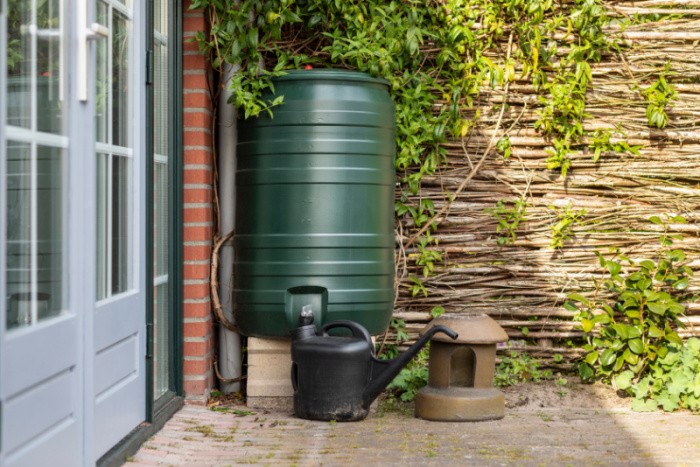

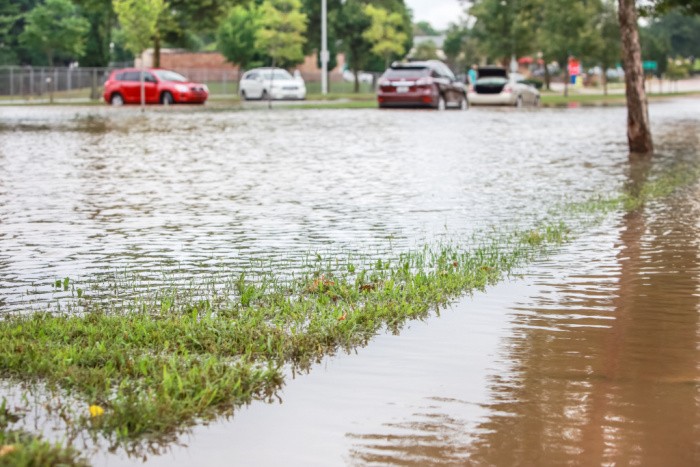
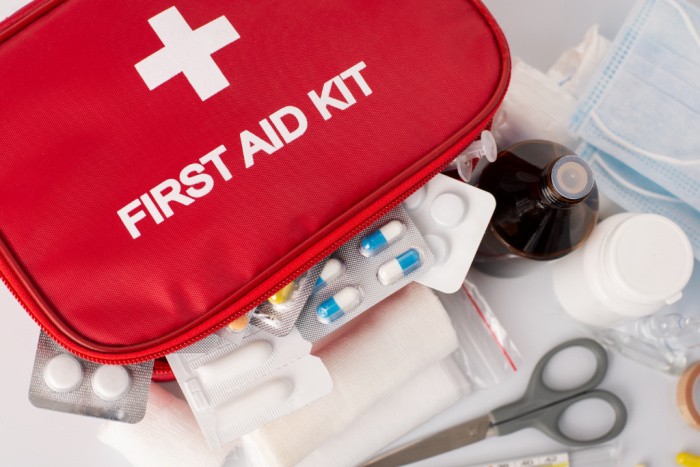

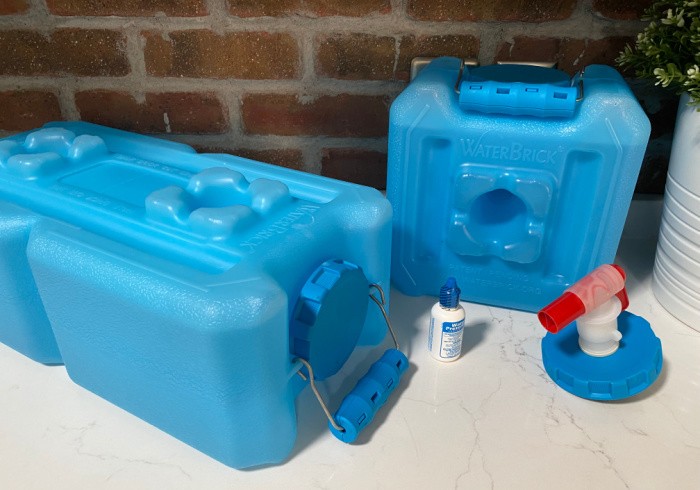
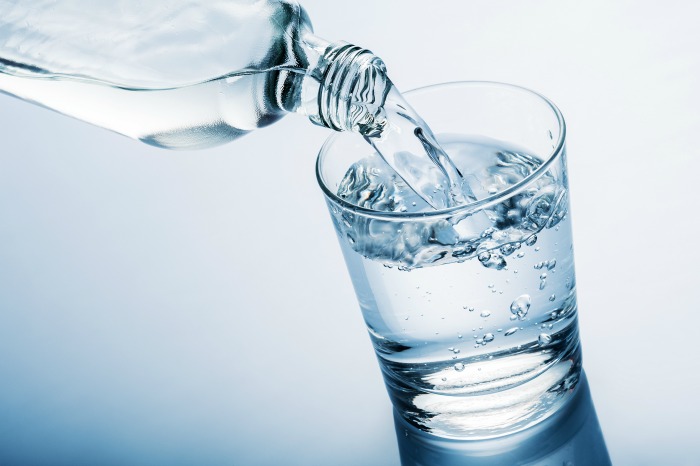
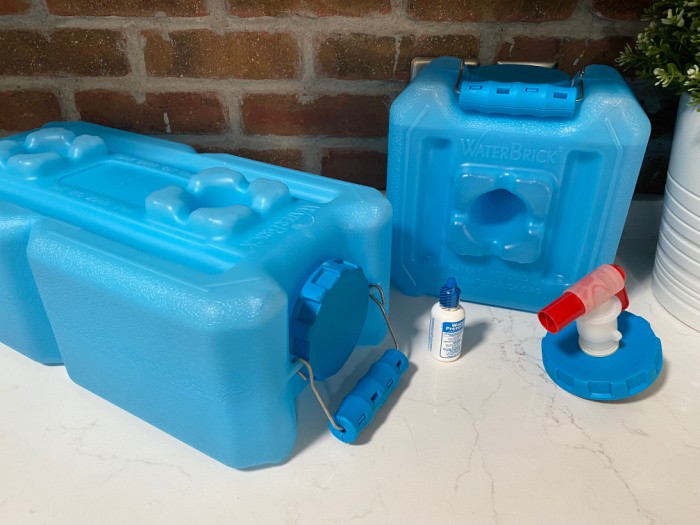













Water collection is fine however you need start up water when an emergency happens. You don’t wait till it rains before building the ark thing.
Keep it simple. Don’t overlook the obvious such as my neighbor has an old 1 ton pickup that doesn’t run. I’ll pull it over where the runoff comes off the carport and throw a tarp in the bed to collect.
Things hit before you get containers well look at your cupboard for all them butter dishes, jars and Tupperware to hold water. Dump that tote of Christmas stuff in a trash bag and use the tote.
There is always something you can do to improve your position
Hi Matt, great comment as always. We all have containers we can gather water when needed. I love this! Linda
Water is the weakest point of my storage efforts. Mainly, because it means getting my husband on board. I buy bottled water and have filled over-sized laundry detergent and fabric softener bottles for toilet flushing and laundry. I kept 8 large decoration totes when we downsized, but getting my husband to see their value for water storage hasn’t worked so far. My son has a creek on his property but we haven’t discussed it’s value in an emergency. My husband is a loving and caring man but I am still trying to bring him around to my emergency concerns.
Hi Chris, you are not alone, he will come around eventually. Sometimes it takes an “event” to happen to make us realize the need to be prepared. YOu have some bottles of water stored for toilet flushing and washing. I call it baby steps. It’s hard to be patient, but he will “get it” someday. Linda
Not mentioned too often is the use of inflatable kid pools for “last minute” emergency greywater – fill and deploy on an inside floor or just in the backyard for watering the veggie garden after the taps go dry ….
Hi Illini, I love that idea, it’s inexpensive and easy to fill. Great tip! Linda
Please explain why drinking water that has been properly treated with chlorine (and stored in purified food grade containers) have to be replaced every 6 months–as long as the water hasn’t been opened and
re-contaminated? Chlorine itself does not last a long time, but if the water is once purified and not re-contaminated, the water is still pure and the chlorine has done it’s job.
Hi Janet, I am not a scientist or micro-biologist, I follow the CDC guidelines or USDA guidelines. I quote the CDC, “Storing the Water
Tips for storing water from your home:
Label container as “drinking water” and include storage date.
Replace water every six months.
Keep containers in a place with a cool temperature (50°F –70°F).
Keep containers away from direct sunlight.
Keep containers away from areas where toxic substances, such as gasoline or pesticides, are present.” Linda